The dream of a thinking machine didn’t die in Charles Babbage’s workshop, buried under a mountain of unrealized blueprints. It went dormant, waiting for a different kind of mind to resurrect it. Babbage, the brilliant engineer, had wrestled with the physical world, with the limits of brass and steel. But the question that haunted his work—the question of a machine that could perform any task—was ultimately not a question of engineering. It was a question of logic.
To answer it, history needed a mind that could strip away the gears and levers and see the abstract, logical pattern hiding underneath. It found that mind in Alan Turing, a young, socially awkward, and breathtakingly brilliant Cambridge mathematician who would become the true spiritual successor to Ada Lovelace. He would take her "poetical science" and give it a rigorous, mathematical foundation, and in doing so, he would change the course of human history.
In 1936, long before the world was thinking about computers, Turing was wrestling with a foundational crisis in mathematics. He was trying to answer a question posed by the great David Hilbert: is there a definite method, an algorithm, that can be applied to any mathematical statement to determine if it is provable? To solve this, Turing didn't design a physical machine. He designed a machine of the mind.
He called it a "Universal Computing Machine."¹ We now simply call it the Turing Machine. It was a thought experiment of radical simplicity: an infinitely long strip of paper tape, divided into squares, and a "head" that could read the symbol in a square, write a new symbol, and move left or right. The head's actions were dictated by a simple table of rules. That’s it. There were no gears, no steam, no electricity. It was an idea. But it was an idea with the power of an earthquake.
What Turing proved was that this simple, abstract machine could, in principle, simulate the logic of any other computing machine. Given the right set of instructions on its tape, it could calculate anything that was computable. This was the ghost in Babbage’s engine finally given its mathematical form. The Analytical Engine, with its store and its mill, was just one possible physical manifestation of this universal principle. Turing had uncovered the fundamental DNA of computation itself. A single machine, if properly programmed, could do anything.
Having established what a machine could do, Turing then turned to the question that had been lurking in the background since Ada Lovelace dreamed of composing music: could a machine think? In his groundbreaking 1950 paper, "Computing Machinery and Intelligence," he sidestepped the philosophical trap of defining "thinking." Instead, he proposed a practical test, a game. He called it the "Imitation Game."²
The setup is simple: a human interrogator types questions to two unseen participants, one a human and one a machine. Based on their written answers, the interrogator must decide which is which. If the machine can consistently fool the interrogator into believing it is the human, then for all practical purposes, it has demonstrated intelligence. "Can machines think?" was, for Turing, no longer an unanswerable philosophical riddle. It was an engineering problem. Could you build a machine that could win the game?
This was a profound shift, from abstract potential to a tangible goal. But in the late 1930s, this was all still the stuff of academic journals and quiet contemplation. The universal machine was a theory, and the imitation game was a far-off speculation. The world had no pressing need for such a device. But, just as Babbage’s story foretold, that was about to change.
The gears of war were turning once again, and this time, the battlefield would extend into the invisible realm of radio waves. Germany was coordinating its U-boat wolfpacks and its Blitzkrieg attacks with messages encoded by a machine of terrifying complexity: the Enigma. It looked like a typewriter, but with a series of rotating scramblers, it could turn any message into an impenetrable cipher with millions upon millions of possible combinations.³ For the Allies, breaking Enigma was not an academic exercise; it was a matter of survival.
And so, Alan Turing, the quiet Cambridge logician, was summoned to a secret country estate, a place that would become the anonymous, throbbing heart of the Allied war effort. It was a place where the abstract theory of the universal machine would be forced to confront the brutal urgency of war. Here, at a place called Bletchley Park, Turing’s ideas would finally be cast in metal and wire, not to prove a point about mathematics, but to save a nation. The question was no longer theoretical. It was a race against time, waged by a small band of codebreakers against the relentless logic of an enemy machine.
Citations:
¹ Turing, A. M. "On Computable Numbers, with an Application to the Entscheidungsproblem." 1937. This is the foundational paper where Turing introduces his concept of a universal machine. A digitized version is available to read via the London Mathematical Society.
² Turing, A. M. "Computing Machinery and Intelligence." Mind, 1950. The seminal paper in which Turing proposed the Imitation Game, now known as the Turing Test. The full paper is widely available and can be read at Oxford Academic.
³ Copeland, Jack. "The Enigma." A detailed explanation of how the Enigma machine worked and the monumental challenge it presented to codebreakers.

.png)




.jpg)
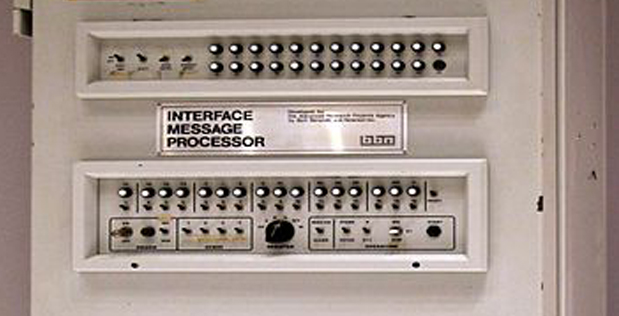
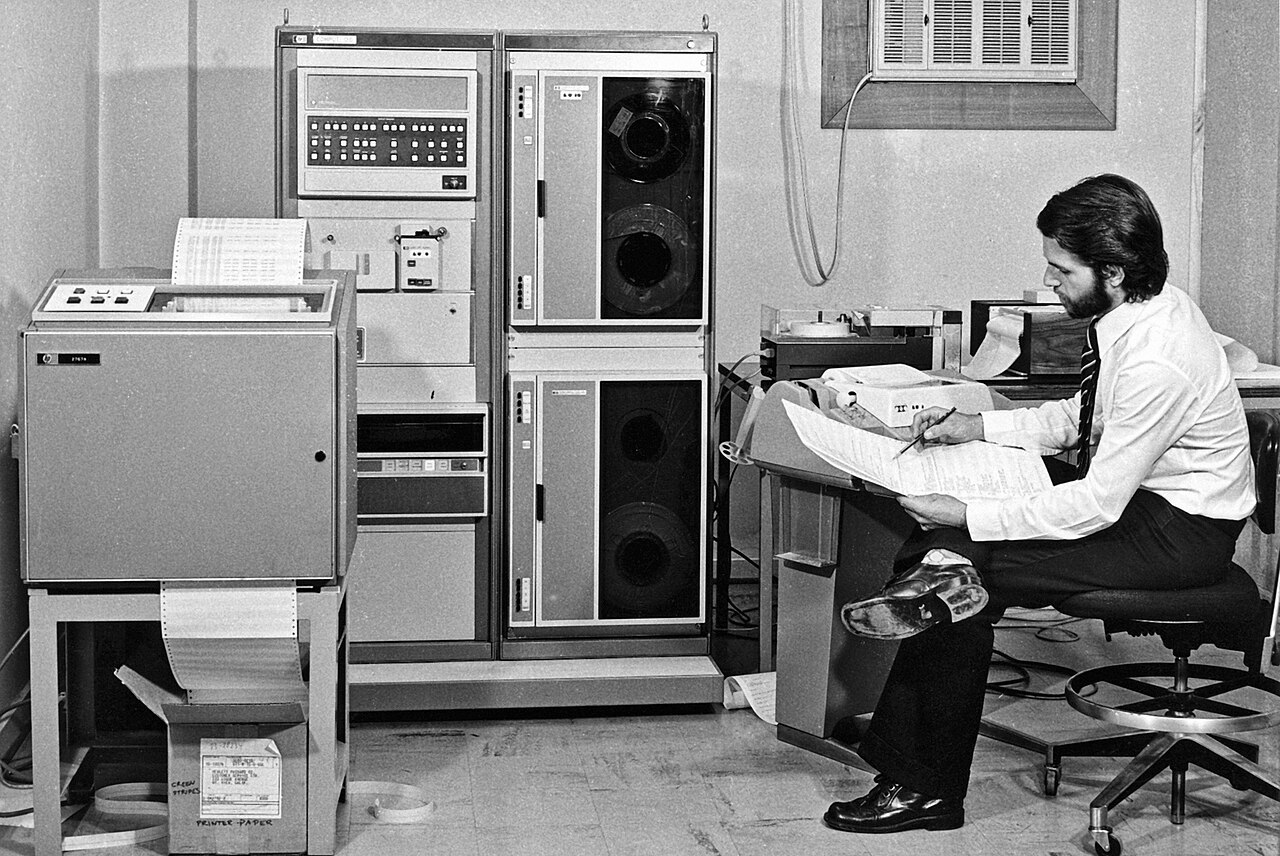
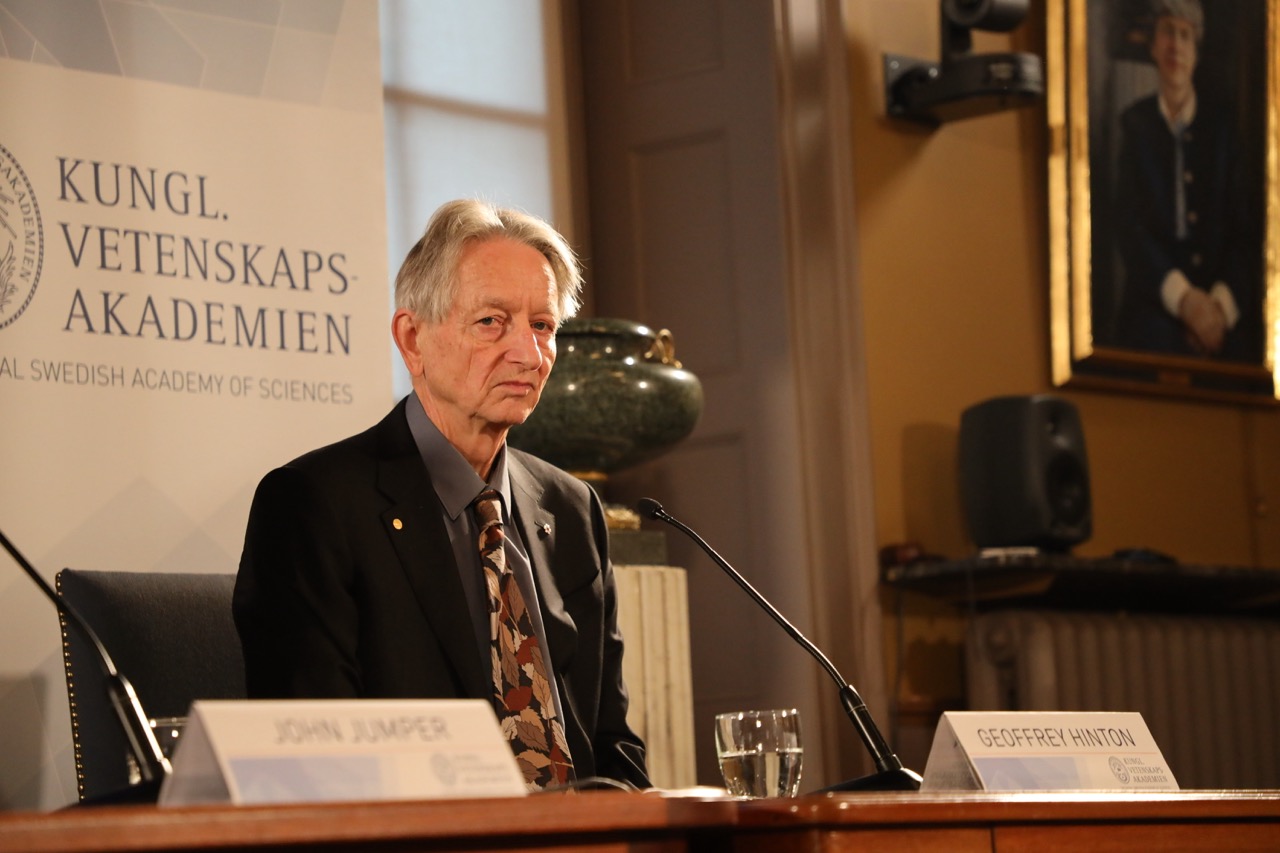
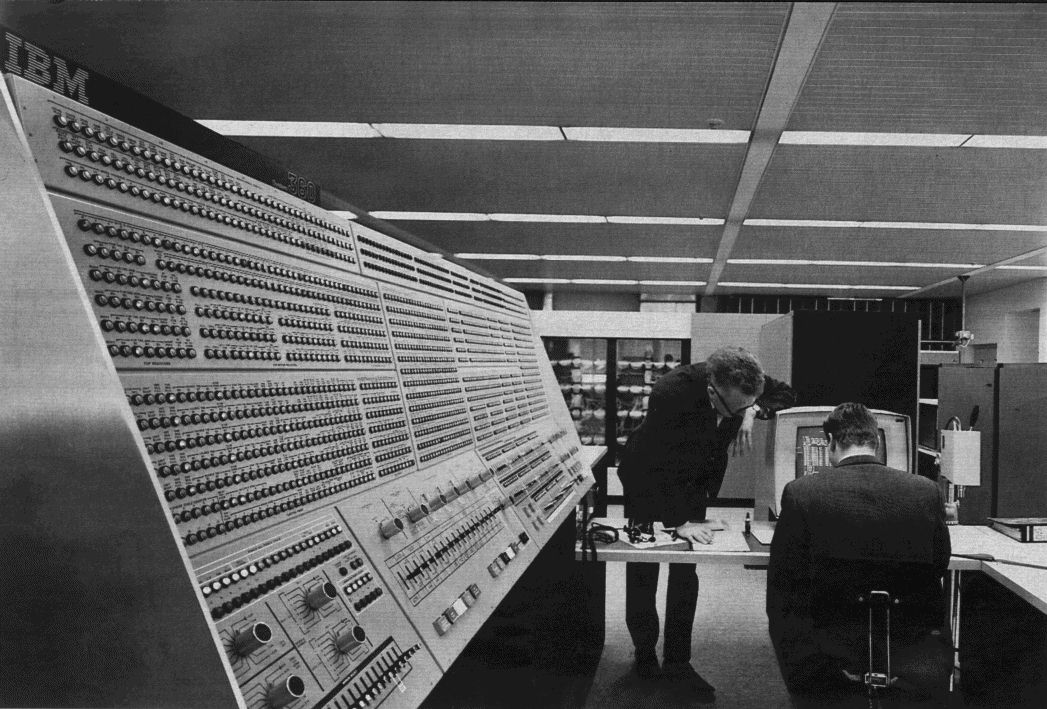


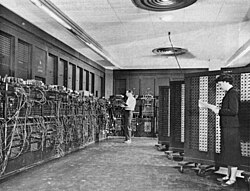
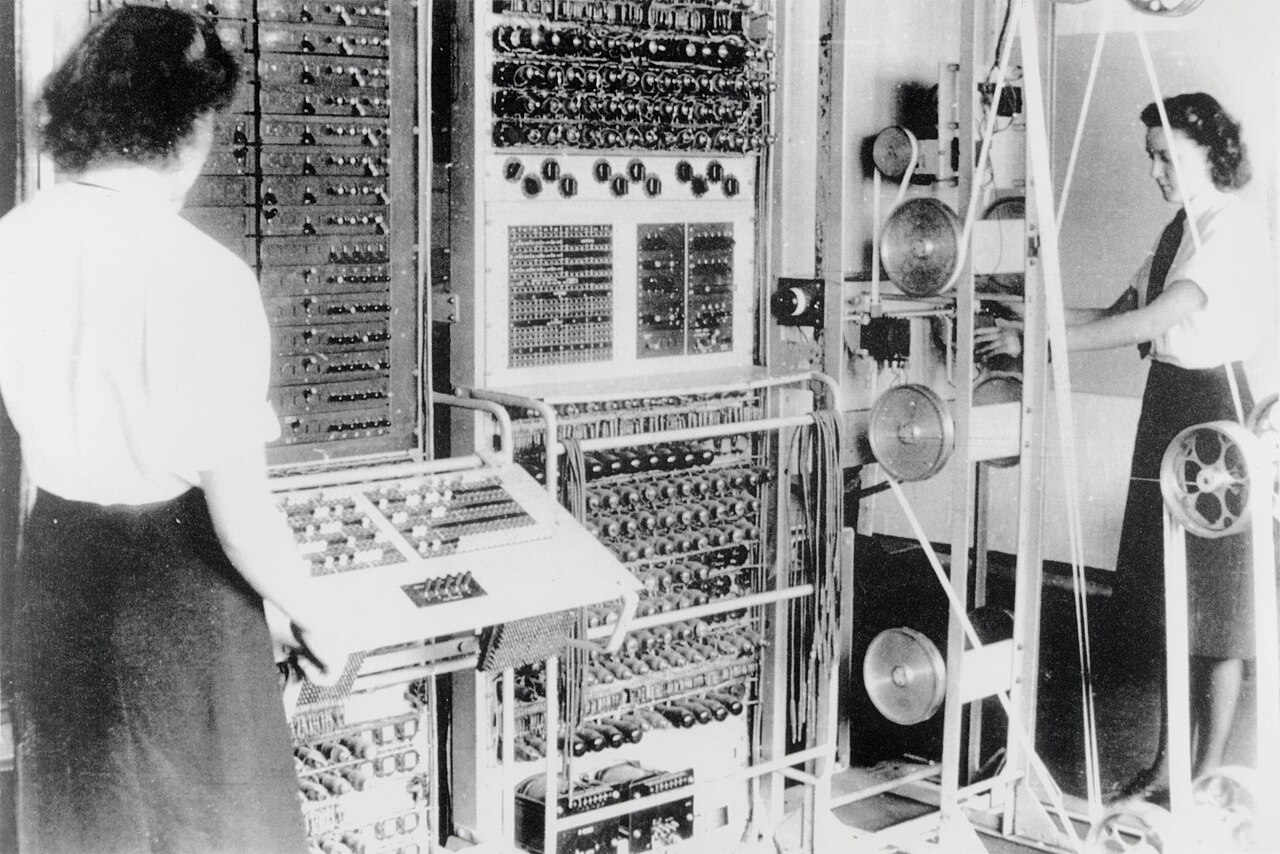
_School_-_Charles_Babbage_(1792%E2%80%931871)_-_814168_-_National_Trust.jpg)


